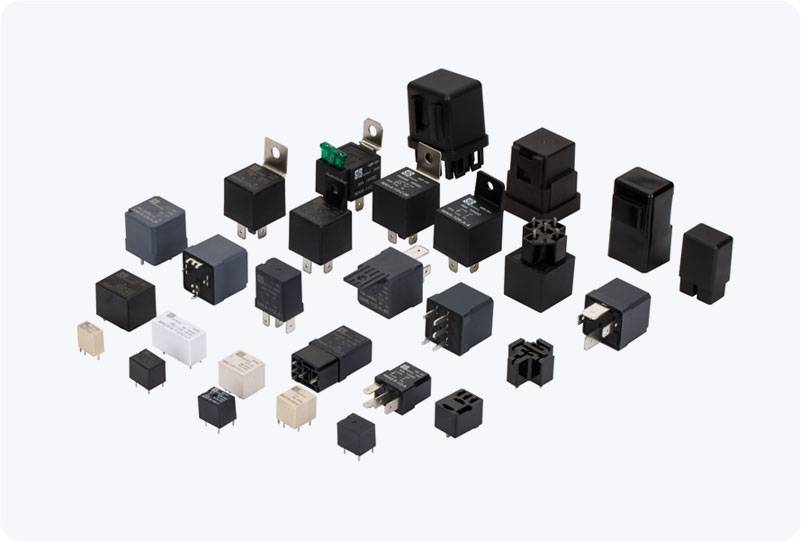As the world transitions towards a more sustainable future, New Energy Vehicles (NEVs) are becoming increasingly popular. These vehicles, which primarily include electric vehicles (EVs) and hybrid electric vehicles (HEVs), are poised to revolutionize the automotive industry. However, the rapid advancements in NEV technologies bring forth a host of challenges, particularly in terms of system safety. System Safety Requirements (SSR) play a crucial role in addressing these challenges and ensuring the safe operation of NEVs.

The Role of SSR in New Energy Vehicles System Safety Requirements (SSR) refer to the set of specifications and criteria that ensure the safety of a system throughout its lifecycle, from design and development to deployment and operation. In the context of NEVs, SSR are designed to address the unique risks posed by these advanced vehicles, including those associated with electric batteries, energy management systems, and autonomous driving technologies. The increasing complexity of NEVs, driven by their electric propulsion systems, autonomous features, and interconnected components, makes it essential to implement robust safety standards. Without such standards, the likelihood of accidents, system failures, or even catastrophic events increases significantly.